Andorra and the Pyrenees
Compared with the famous Swiss Alps, the Pyrenees are one of Europe’s lesser visited mountain ranges. Straddling the French – Spanish border, and including one of Europe’s microstates, Andorra, there is much to be discovered in this beautiful region.
We set out from Avignon early on Sunday morning, with a long drive ahead of us. The border of the Provence region runs straight down the River Rhône, which passes Avignon, so within five minutes we had entered the region of Languedoc-Roussillon, known for its wine production and ethnically diverse cultures. Just 40 kilometres out of Avignon, we bypassed the town of Nîmes, home to Pont du Gard, a Roman-era aquaduct which was added to UNESCO’s world heritage list in 1985. Short on time, we decided to skip the Pont du Gard, however some fellow travelers who stopped there said that the 18 Euros parking fee was worth paying for the stunning double-decker stone structure. We continued on the road, past the city of Montpellier, before taking a right turn off the autoroute towards Toulouse. The strong buffeting winds of the mistral had subsided not long
after we left Provence, and the countryside had become somewhat drier as we proceeded through Languedoc-Roussillon. Stone cottages set amid rolling paddocks of deep and light green stretched under a blue canopy above. Vineyards broke up the scenery, and the odd town appeared, occasionally studded with a tall stone bell tower or the like. Languedoc-Roussillon could easily form the basis of a holiday itself, especially for those interested in wine tasting or a more intensive experience of French regional cultures. As we headed inland towards Toulouse however, the clouds began to build and by the time we had arrived in Carcassonne a pall of grey had set in across the horizon.
The old town of Carcassonne is one of those places that you had thought might only exist in the imagination. Proudly guarding a hill above tbe Aude River, the town’s ramparts are topped with pointy rooflines like witches’ hats, and turreted to protect against invading armies. The foreboding brown-grey stone looked almost sinister under the dark clouds above, however a hubbub of activity drew us nearer to the city walls. We had parked in the new city, but walking across the bridge to the old city and climbing towards the city gates, we realized that this would be something special. Arriving at the gates, a drawbridge greeted us across the moat, long since dried up. I’m not making this stuff up – this fairytale really does exist in Carcassonne. Throngs of elderly tourists, largely European, only slightly spoiled the otherwise enchanting aura of this storybook town. Through the
gates, the twisting, winding cobblestone streets were lined with craft shops, souvenir shops (of course!) and a couple of food outlets. We allowed our noses to lead us down one lane, where the typically Iberian dish of paella was sitting out on a window sill, ready to be served in portions to whoever stopped by. Still on a roll from breakfast, we
skipped the seafood-heavy dish and opted for coffee in the character-filled, vine-covered Place Marcou. Post-coffee, we continued rambling around the old city discovering lane after quaint laneway, before working out way back to the car across the historic Pont Vieux.
Back on the road, we coninuted heading towards the city of Toulouse before taking a turnoff near the town of Villenouvelle. Here, we began
climbing into the Pyrenees and towards the tiny nation of Andorra. Paddocks became lush again as we continued through towns of diminishing size; Palmiers, Foix and Ax les Thermes. The road became narrower and narrower, beginning as a motorway, then downgrading to a highway, before giving way to a regular two-lane road twisting through the increasingly dramatic scenery. Hills became mountains, mountains became jagged spires of rock, and then eventually snowy peaks. We climbed up through the forest, before reaching the snow line where a strange tundra-like landscape began. Higher and higher, rivers became streams, streams became icy creeks, and the temperature on our
car’s thermometer had dropped to 5 degrees centigrade. Rounding one bend, we came across the French customs post, checking people leaving Andorra – we knew the border would be close. One final bend later, we saw the snow-covered mountain with Andorra’s red-yellow-blue banner at the base – we had arrived at the top of the Pyrenees! We continued past ski lifts and alpine stations, through a tunnel through the mountain, before emerging into the heart of the tiny nation.
Andorra is a strange little place. To begin with, it is not part of the European Union, but it uses the Euro. For non-Europeans, this might sound strange, but it is really quite simple. There are several conventions in Europe, and not all nations are part of all agreements. For example, the UK is part of the EU (European Union), but not the Eurozone (the group of countries using the Euro currency). Switzerland is part of the Schengen agreement (borderless travel), but not the EU (because the EU is a political agreement, and Switzerland remains neutral). Therefore, Andorra uses the Euro currency, but is not part of the Schengen agreement nor the EU. It comprises a small area of mountains and valleys in the high Pyrenees, averaging about 50 kilometres across. The package of land was created in the year 988, then formed as a principality in 1278. Much like Monaco, it exists is cooperation with the French government, which over the years has been both a friend and foe to the nation’s defence. Andorra’s agreement with France and the Catholic church is that it is a co-principality, so it has two leaders; one is the bishop of Urgell, a diocese in northern Spain, and the other is the president of France. That’s right –
François Hollande is not only the president of France, he also automatically became the co-prince of Andorra. Because Andorra is not part of the European Union, it operates as a popular duty-free destination for European shoppers. Europeans come across the border to shop tax-free, then re-enter the EU to go home! The 10 million annual tourists account for 80% of Andorra’s economy. In the winter (and autumn and spring, if the weather allows), the mountains of Andorra provide perfect slopes for winter sports, so people don’t just visit to shop, they ski too.
The capital, Andorra la Vella, feels a bit like an airport. Surrounded by duty-free stores, the toy-town ambience and the transient feel of the tourist market (especially in summer) creates a rather weird atmosphere – we compared it to the movie The Truman Show. We checked in at the unfriendly Holiday Inn and had a pretty bad dinner, and then the next day set out to explore the tiny city.
We noticed small differences in public signage; Andorra’s language is Catalan, and one word we kept coming across was ‘sortida’, meaning exit. Compare this with the French ‘sortie’ or the Spanish ‘salida’, and it appears to be a hybrid of the two. Failing fluency in Catalan, French and Spanish are both widely understood, and English is not far behind. Andorra la Vella’s tiny historic centre is a small group of streets with cute chapels and flower-box lined cobblestone streets, and after a few more steps you arrive back in the duty-free commercial centre! A disclaimer – for non-Europeans, shopping in Andorra isn’t that much cheaper than duty free shopping at an airport, in fact in many cases its more expensive. However if you’re travelling to Andorra from within France, Spain or Germany, there exists the opportunity to save real money.
That afternoon we drove to the top of the valley to look down on Andorra la Vella from above. Although it is Europe’s highest capital city at 1,000 meters, it is still much lower than the mountains over which the road from France comes. Therefore it has a much more agreeable climate, and while it snows elsewhere in the country, Andorra la Vella was a pleasant 20 degrees that day. From high up, the city seems to fill the valley floor, while the beautiful green valley walls rise up the snowy peaks above. If nothing else, Andorra is very very beautiful, and in the summer the air is perhaps the clearest in Europe. We drove south towards the Spanish border, not far from Andorra la Vella. As we were entering the European Union again, we had to drive through customs – just like at an airport, there was a green, ‘nothing to declare’ lane and a red ‘goods to declare’ lane. As we drove slowly through the large shed-like building Spanish officers inspected our car, and pulled the odd person over to check their luggage. Customs here is a very informal process, as the only way to get into Andorra is via the EU, so anything which comes out must have gone in via Spain or France. However Andorra does not impose border controls on the way in, so Spain and France nevertheless need to check what comes into their countries. The road out of Andorra was just as spectacular as the road in; lofty snow-capped peaks rising above vineyards and hacienda-dotted fields, as we wound our way onwards to our next destination, Barcelona.
When to go
Summer in Europe rocks, although if you’re here for skiing, then winter is obviously your preferred season.
Essential Stats
Culture shock: 5/10
Language difficulty: 6/10
Quality of food: 7/10
Cost: 7/10
Physical demand: 4/10
Advice and warnings
Check Smart Traveller or the British Foreign Office for comprehensive warnings.
Visas
All nationalities may enter Andorra without a visa, however access is only via Spain or France, both of which impose visa restrictions on Pakistanis and Indians. For Spain, Pakistanis and Indians must apply for a Schengen visa, which grants entry to several European countries which are part of the Schengen agreement. Pakistanis must pay PKR 7156 for a Schengen visa – the process takes around three weeks. Applications in India cost around INR 4277, and take less than 15 business days to process. Apply through your nearest Spanish diplomatic mission (Islamabad, Mumbai).
It is vital that you apply for a multiple entry visa, as Andorra is not a signatory to the Schengen agreement (and therefore you will leave the Schengen area to enter Andorra, but re-enter it when you leave via Spain or France).
Most Australians may enter Spain without the need for a visa.
Getting there and around
From Melbourne, Lahore, Sydney and Chennai, Emirates flies to Barcelona via Dubai.
Melbourne from $1970 return
Lahore from PKR 117,398 return
Sydney from $1988 return
Chennai from INR 51,927 return
From Barcelona, Andorra La Vella is a 3 hour drive.
Accommodation
Budget options can be booked through Hostelworld, while midrange options are available through websites such as Expedia. We stayed at the comfortable Holiday Inn.
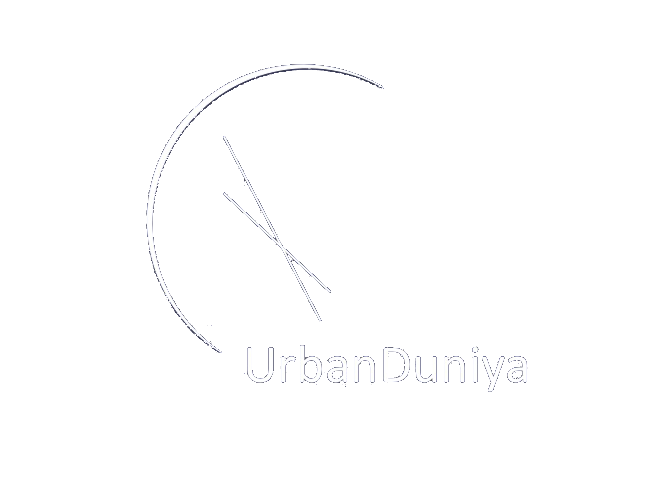

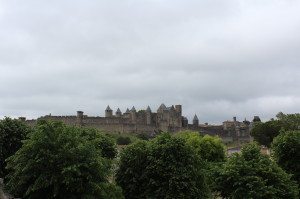
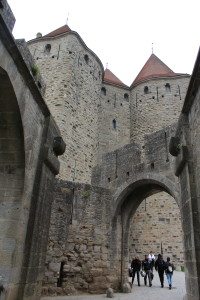
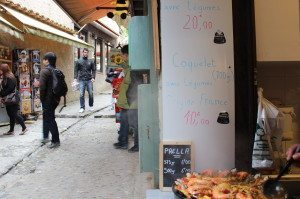
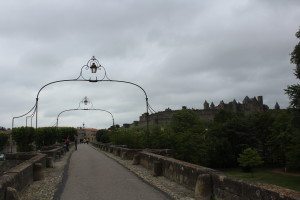
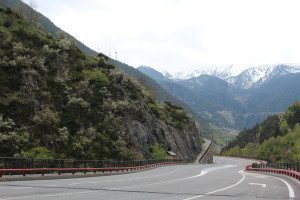
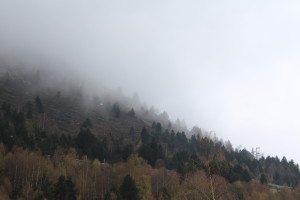
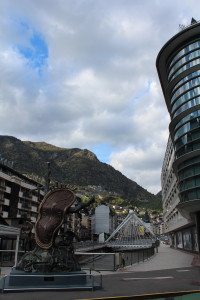
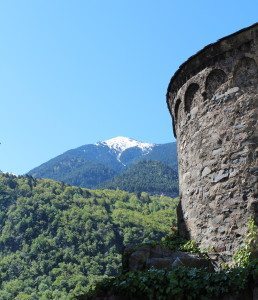
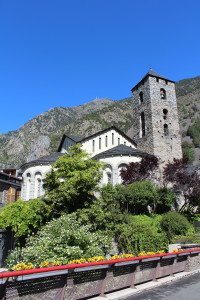
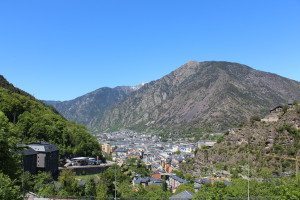
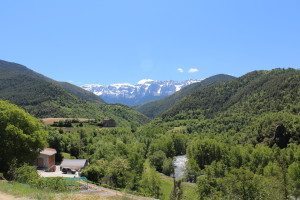
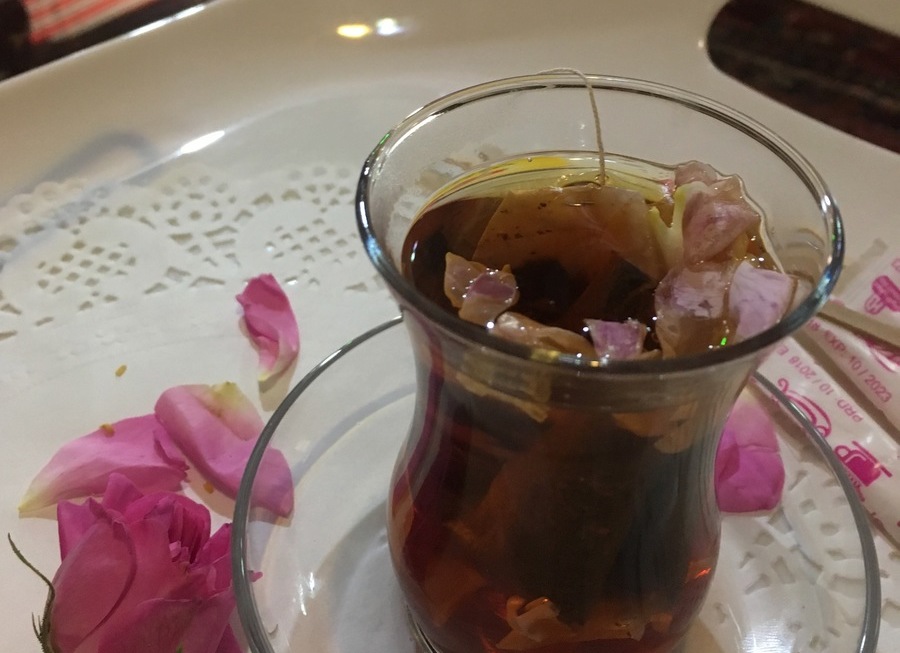


0 Comments